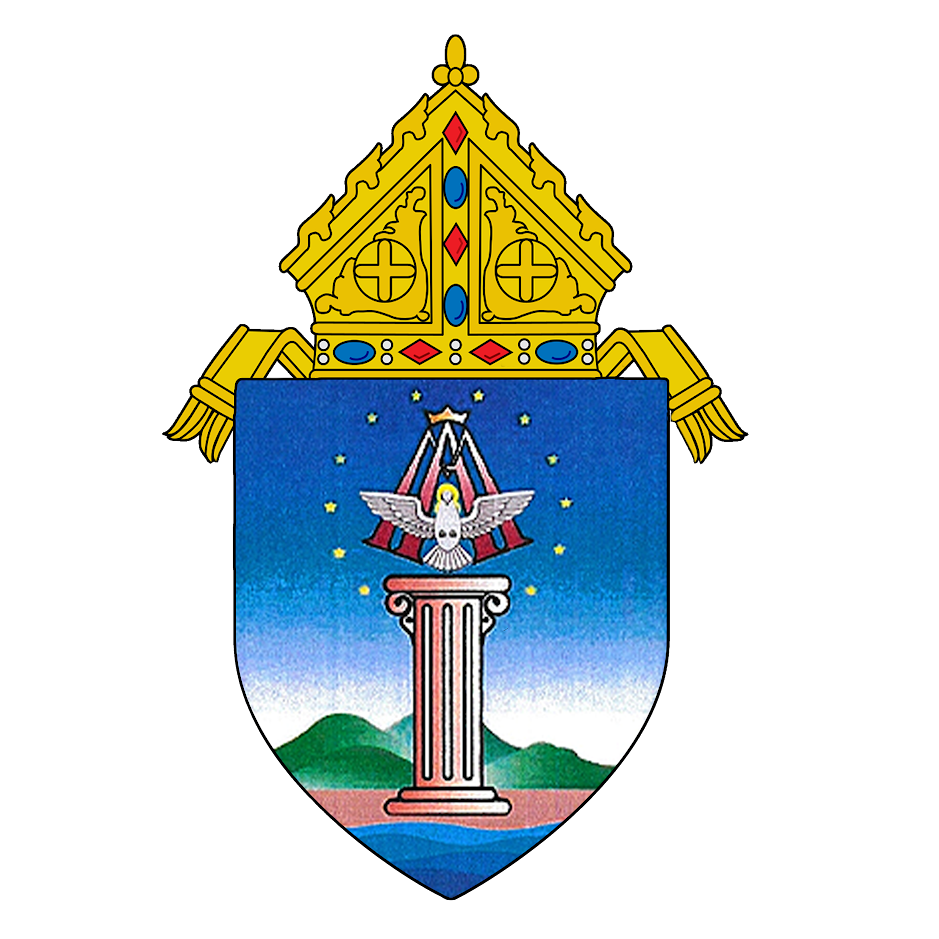
General Castañeda St, Pob-1A
City of Imus, Cavite, 4103
Email: [email protected]
Phone: (046) 471-2786
By Rev. Fr. Virgilio Saenz Mendoza
The province of Cavite is located in the southwestern part of Luzon. It is hemmed at the south and southwest by Batangas, at the east and northeast by Laguna, and at the west and northwest by Manila Bay. The province received its name from the Tagalog word “Kawit,” meaning fish hook, which is descriptive of the fish hook-like formation of the peninsula extending from the present day Kawit to the present-day Cavite City.
Topographically, Cavite is divided into two parts. The highland area is composed of the towns of Dasmariñas, Carmona, Gen. Mariano Alvarez, Silang, Amadeo, Mendez, Indang, Alfonso, Bailen, Magallanes, Tagaytay City, Trece Martires, and a certain portion of Maragondon and Gen. Trias. On the other hand, the lowland area is made up of Bacoor, Imus, Kawit, Noveleta, Cavite City, Rosario, Tanza, Gen. Trias, Maragondon, and Ternate. It has a total land area of 316,581 hectares. According to the latest statistics, the population of Cavite is about 1,901,231 with a Catholic population of 1,565,235........
After more than 300 years under the jurisdiction of the Archdiocese of Manila, the Diocese of Imus was erected for the entire province of Cavite by virtue of the Apostolic Constitution “Christi Fidelium” dated November 25, 1961. His Holiness, Pope John XIII, separated Cavite from Manila, creating the independent Diocese of Imus with the Ntra. Senora del Pilar as titular patroness.
On December 3, 1961, the newspaper, Filipinas, reported that the Apostolic Nunciature released the news of the creation of the new Diocese as suffragan of Manila and the bishop-elect, Most Rev. Artemio Casas, would be its first Bishop.........
In 2011, the diocese celebrated its Golden Jubilee since its separation from the Archdiocese of Manila. The festivities centered on the theme "Tena't Mag-KA-RA-KOL," which alluded to the "karakol," a pray-dance procession performed in fiestas in Cavite parishes. "KA" stands for "Kahapong kay yaman" - an introspective look into the glorious history of the diocese, while "RA" represents "RAdikal na pagsunod kay Kristo," a call for reconciliation and conversion into the fullness of God's love by following the example of Jesus Christ. Finally, "KOL" stands for "KOLektibong pagkilos," which envisioned a collective effort on the part of all Catholic faithful in the province to fulfill its mission of spreading God's word.
Prior to the jubilee year, a three-year preparation for the celebration (from 2009 to 2011) was led by Bishop Tagle, who is now appointed as the Prefect for the Evangelization of Peoples in the Roman Curia. He led the opening of the jubilee year with a mass held at the Imus Cathedral on the midnight of the foundation day of the diocese. Among the highlights of the event was the opening of the cathedral's Jubilee Door, where all the Catholic faithful who will pass through the door will be granted plenary indulgences. The Golden Jubilee celebration will conclude with the solemn canonical coronation of Nuestra Señora del Pilar as the queen and patroness of the Diocese on November 26, 2012.........
By Marissa Dorotayo Balidoy
Just like his motto above, Most Reverend Bishop Reynaldo Gonda Evangelista, OFS D.D., with a meek and humble heart, is now strongly steering the faithful of the Diocese of Imus, Cavite, towards the challenging path to Christ.
His positive, happy, and humble countenance radiate among the young and old congregation of the Diocese who intently listens to the Christian values and teachings he continually shares during his charitable works and homilies. And more so, which he tries to live by daily in order to always be pleasing to the merciful Lord........

General Castañeda St, Pob-1A
City of Imus, Cavite, 4103
Email: [email protected]
Phone: (046) 471-2786